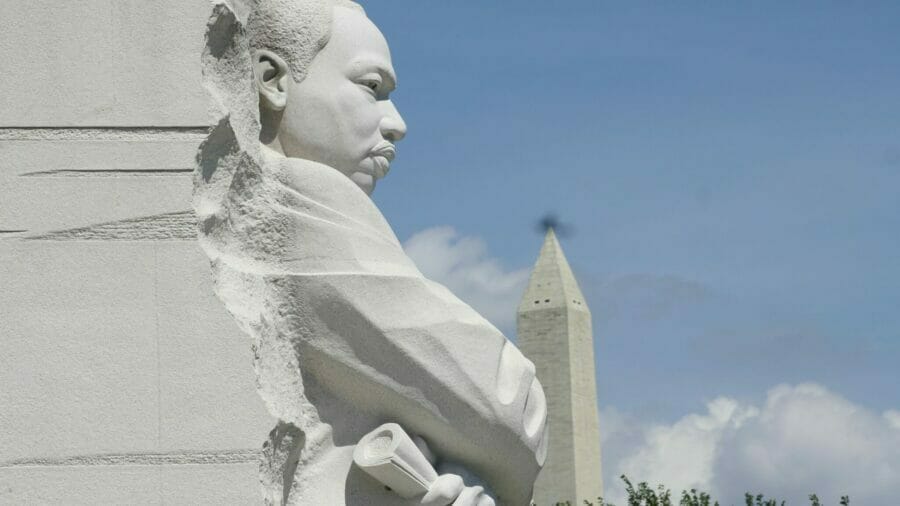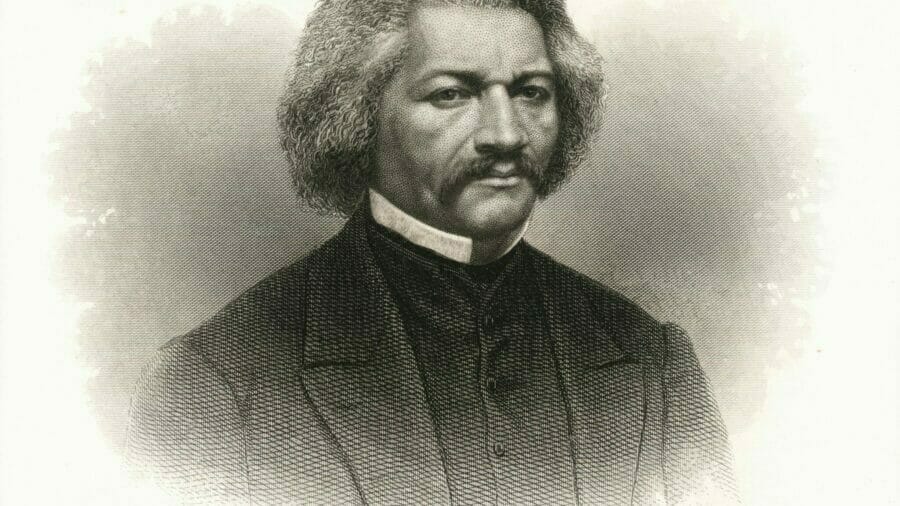
Celebrating Black History
Black history isn’t relegated to a single month of the year. Explore a “daily treasure” from our BHM treasure trove, and develop a wealth of knowledge about Black history, culture, adversity, and progress.
Join us as we reflect on a month of Black History
At The Predictive Index, we believe equity goes hand in hand with empathy and education. The more we listen to and learn from our friends, colleagues, and neighbors, the better our world becomes.
Where there are lived experiences, there is learning. When you speak up in a meeting, you challenge others to think critically and passionately. When you speak out in the face of injustice or ignorance, you challenge the status quo—and empower others to follow suit.
In February 2023, our Black ERG—affectionately named “Cousins”—decided to celebrate these moments. Each day, a member of our ERG (or one of our incredible allies) pulled from a treasure trove of shared experiences and extended that treasure to the rest of our PIoneers. From history lessons to music, food recipes to poetry, these “daily treasures” were meant to provoke thoughts, awareness, and—ultimately—action.
Today, we’re sharing it all with you: 21 daily BHM posts, each with its own treasure. We hope you enjoy them and, in doing so, discover some learnings of your own to take back to your organization and team.
Happy Black History—in February and always!
Note: The below excerpts have been edited slightly for brevity and clarity.
Need to get somewhere fast? Check out a specific treasure here:
Table of Contents
- Introduction to Black History Month
- Treasure #1 (Feb 1): The story of Black History Month
- Treasure #2 (Feb 2): The 1619 Project
- Treasure #3 (Feb 3): Celebrating Black-owned restaurants
- Treasure #4 (Feb 6): A Black playwright gets her spotlight
- Treasure #5 (Feb 7): Breaking the stigma around HIV/AIDS
- Treasure #6 (Feb 8): Black excellence at 2023’s Big Game
- Treasure #7 (Feb 9): The legacy of Black lacrosse
- Treasure #8 (Feb 10): Celebrating Black women in tech
- Treasure #9 (Feb 10): A classic Black recipe
- Treasure #10 (Feb 13): The history of Black entrepreneurship
- Treasure #11 (Feb 14): The origins of rock ‘n’ roll
- Treasure #12 (Feb 15): An enlightening HBCU experience
- Treasure #13 (Feb 16): An international peace-keeper
- Treasure #14 (Feb 17): A culturally rich Haitian dish
- Treasure #15 (Feb 20): An all-time great museum
- Treasure #16 (Feb 21): Phat Tuesdays
- Treasure #17 (Feb 22): The magic of Black poetry
- Treasure #18 (Feb 23): The history of house music
- Treasure #19 (Feb 24): Vegan-friendly cooking
- Treasure #20 (Feb 27): Idlewild, Michigan
- Treasure #21 (Feb 28): Keeping the party going!








